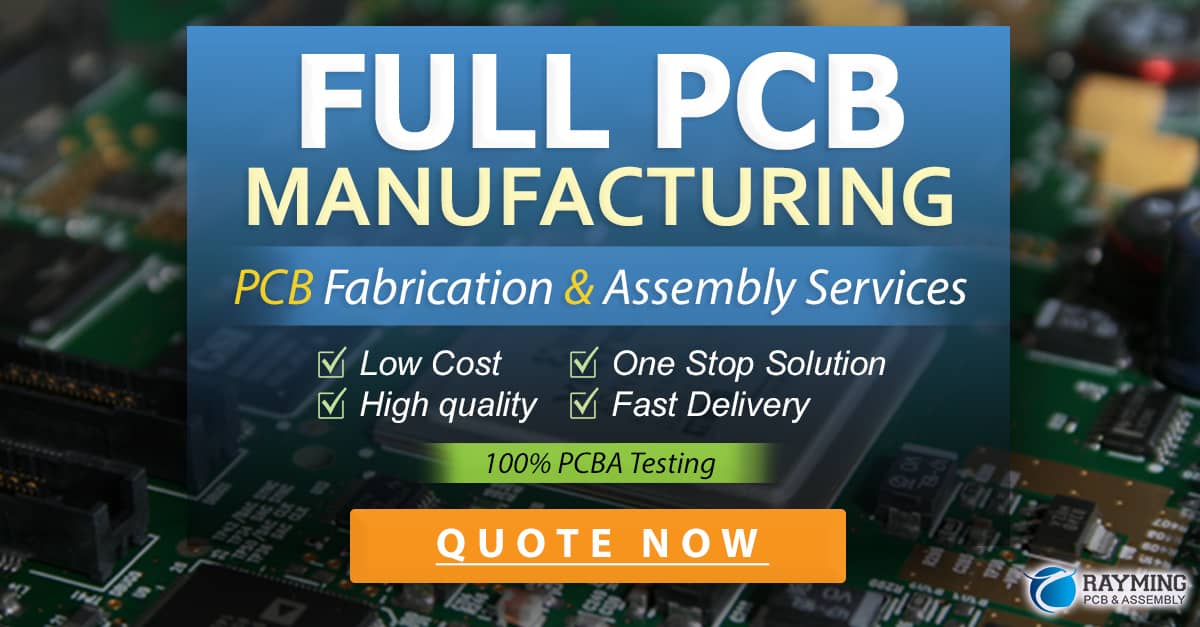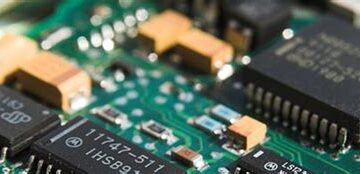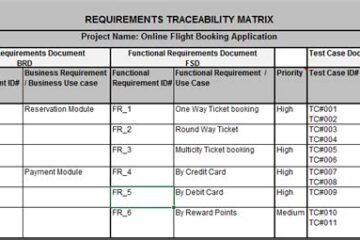Introduction to Hypersen’s Coaxial 3D Sensor
Hypersen, a leading provider of high-precision 3D inspection solutions, has recently released its latest innovation in the field of 3D sensing technology: the Coaxial 3D Line Confocal Sensor. This cutting-edge sensor is designed to revolutionize the way industries approach quality control, offering unparalleled accuracy and efficiency in 3D measurement and inspection processes.
The Coaxial 3D Line Confocal Sensor is a testament to Hypersen’s commitment to delivering state-of-the-art solutions that cater to the evolving needs of various industries, including manufacturing, automotive, electronics, and aerospace. By leveraging advanced optical technologies and proprietary algorithms, Hypersen has developed a sensor that sets new standards in terms of precision, speed, and versatility.
Key Features of Hypersen’s Coaxial 3D Sensor
- High-precision 3D measurement
- Sub-micron level accuracy
- Repeatable and reliable results
-
Suitable for measuring complex geometries and surfaces
-
Coaxial design
- Compact and integrated structure
- Eliminates the need for separate illumination and imaging paths
-
Reduces the influence of ambient light and surface reflections
-
Fast scanning speed
- Real-time data acquisition and processing
- Enables inline inspection and quality control
-
Improves overall production efficiency
-
Versatile application range
- Compatible with various materials and surface finishes
- Adaptable to different measurement ranges and resolutions
- Suitable for both static and dynamic measurements
How Hypersen’s Coaxial 3D Sensor Works
The Coaxial 3D Line Confocal Sensor utilizes the principle of confocal microscopy to achieve high-precision 3D measurements. The sensor employs a structured light source, typically a laser, which is projected onto the target surface through a coaxial optical path. The reflected light is then captured by a high-resolution camera, and the confocal optical system filters out the out-of-focus light, ensuring that only the in-focus information is collected.
By scanning the laser line across the surface and capturing multiple images at different focal planes, the sensor generates a detailed 3D point cloud of the target object. Hypersen’s proprietary algorithms then process this point cloud data to extract accurate 3D measurements, including dimensions, profiles, and surface characteristics.
Advantages of the Coaxial Design
The coaxial design of Hypersen’s 3D sensor offers several advantages over traditional 3D sensing technologies:
- Compact and integrated structure
- Reduces the overall footprint of the sensor
- Simplifies system integration and installation
-
Facilitates application in space-constrained environments
-
Improved measurement accuracy
- Eliminates the parallax effect associated with separate illumination and imaging paths
- Reduces the influence of ambient light and surface reflections
-
Enhances the signal-to-noise ratio and measurement stability
-
Faster scanning speed
- Enables real-time data acquisition and processing
- Allows for inline inspection and quality control
- Improves overall production throughput
Applications of Hypersen’s Coaxial 3D Sensor
The Coaxial 3D Line Confocal Sensor finds extensive applications across various industries, catering to a wide range of inspection and measurement needs. Some of the key application areas include:
Manufacturing
- Dimensional inspection of machined parts
- Surface roughness and flatness measurement
- Quality control of injection molded components
- Reverse engineering and prototype validation
Automotive
- Inspection of engine components and powertrain parts
- Quality control of body panels and interior trim
- Measurement of seal and gasket profiles
- Verification of assembly and alignment tolerances
Electronics
- Inspection of printed circuit boards (PCBs) and electronic components
- Solder paste and component height measurement
- Quality control of connectors and switches
- Verification of lead coplanarity and package dimensions
Aerospace
- Inspection of turbine blades and engine components
- Measurement of composite structures and surfaces
- Quality control of fasteners and rivets
- Verification of airframe and fuselage dimensions
| Industry | Application Examples |
|---|---|
| Manufacturing | – Dimensional inspection of machined parts – Surface roughness and flatness measurement – Quality control of injection molded components – Reverse engineering and prototype validation |
| Automotive | – Inspection of engine components and powertrain parts – Quality control of body panels and interior trim – Measurement of seal and gasket profiles – Verification of assembly and alignment tolerances |
| Electronics | – Inspection of printed circuit boards (PCBs) and electronic components – Solder paste and component height measurement – Quality control of connectors and switches – Verification of lead coplanarity and package dimensions |
| Aerospace | – Inspection of turbine blades and engine components – Measurement of composite structures and surfaces – Quality control of fasteners and rivets – Verification of airframe and fuselage dimensions |

Benefits of Adopting Hypersen’s Coaxial 3D Sensor
Integrating Hypersen’s Coaxial 3D Line Confocal Sensor into your quality control and inspection processes offers numerous benefits:
- Enhanced product quality
- Identifies and eliminates defects early in the production process
- Ensures consistent and reliable product performance
-
Reduces warranty claims and customer complaints
-
Improved production efficiency
- Enables inline inspection and real-time feedback
- Minimizes manual intervention and human error
-
Reduces scrap and rework costs
-
Increased competitiveness
- Enables tighter tolerances and higher precision manufacturing
- Facilitates innovation and product differentiation
-
Enhances customer satisfaction and loyalty
-
Cost savings
- Reduces the need for expensive and time-consuming offline inspections
- Optimizes material usage and minimizes waste
- Prolongs equipment lifespan through early detection of wear and tear
Case Studies
Case Study 1: Automotive Component Manufacturer
An automotive component manufacturer faced challenges in inspecting the surface quality and dimensional accuracy of its injection molded parts. By implementing Hypersen’s Coaxial 3D Line Confocal Sensor, the manufacturer was able to:
- Achieve 100% inline inspection of critical dimensions and surface characteristics
- Reduce scrap rates by 50% through early detection and correction of process deviations
- Improve overall production efficiency by 30% by minimizing manual intervention and offline inspections
Case Study 2: Electronics Assembly Plant
An electronics assembly plant struggled with the accurate measurement of solder paste height and component placement on PCBs. By adopting Hypersen’s Coaxial 3D Sensor, the plant was able to:
- Ensure consistent solder paste deposition and component placement accuracy
- Reduce the number of defective boards by 75% through real-time process monitoring and feedback
- Increase production throughput by 20% by minimizing rework and manual inspection
Frequently Asked Questions (FAQ)
- What is the measurement accuracy of Hypersen’s Coaxial 3D Sensor?
-
Hypersen’s Coaxial 3D Line Confocal Sensor offers sub-micron level accuracy, typically in the range of 0.1-0.5 μm, depending on the specific application and measurement range.
-
Can the sensor measure transparent or reflective surfaces?
-
Yes, the sensor is capable of measuring transparent and reflective surfaces by utilizing advanced optical techniques and specialized coatings. However, the specific performance may vary depending on the material properties and surface characteristics.
-
What is the maximum scanning speed of the sensor?
-
The scanning speed of Hypersen’s Coaxial 3D Sensor varies depending on the measurement range, resolution, and application requirements. Typical scanning speeds range from a few hundred to several thousand points per second, enabling real-time inspection and process control.
-
How does the sensor handle different surface textures and colors?
-
The sensor’s coaxial design and confocal optical system minimize the influence of surface textures and colors on the measurement results. The sensor can accurately measure a wide range of surface finishes, from matte to glossy, and various color variations.
-
Is the sensor suitable for inline inspection and integration with automation systems?
- Yes, Hypersen’s Coaxial 3D Line Confocal Sensor is designed for inline inspection and seamless integration with automation systems. The sensor’s compact design, fast scanning speed, and real-time data processing capabilities make it ideal for integration into production lines and quality control systems.
Conclusion
Hypersen’s Coaxial 3D Line Confocal Sensor represents a significant advancement in high-precision 3D inspection solutions. With its coaxial design, sub-micron accuracy, fast scanning speed, and versatile application range, the sensor is poised to revolutionize quality control and measurement processes across various industries.
By adopting Hypersen’s Coaxial 3D Sensor, manufacturers can enhance product quality, improve production efficiency, increase competitiveness, and achieve substantial cost savings. As industries continue to demand higher precision and faster inspection capabilities, Hypersen remains committed to delivering cutting-edge 3D sensing solutions that meet and exceed these expectations.
For more information on Hypersen’s Coaxial 3D Line Confocal Sensor and how it can benefit your specific application, please contact Hypersen’s sales team or visit their website at www.hypersen.com.



0 Comments